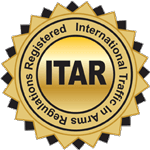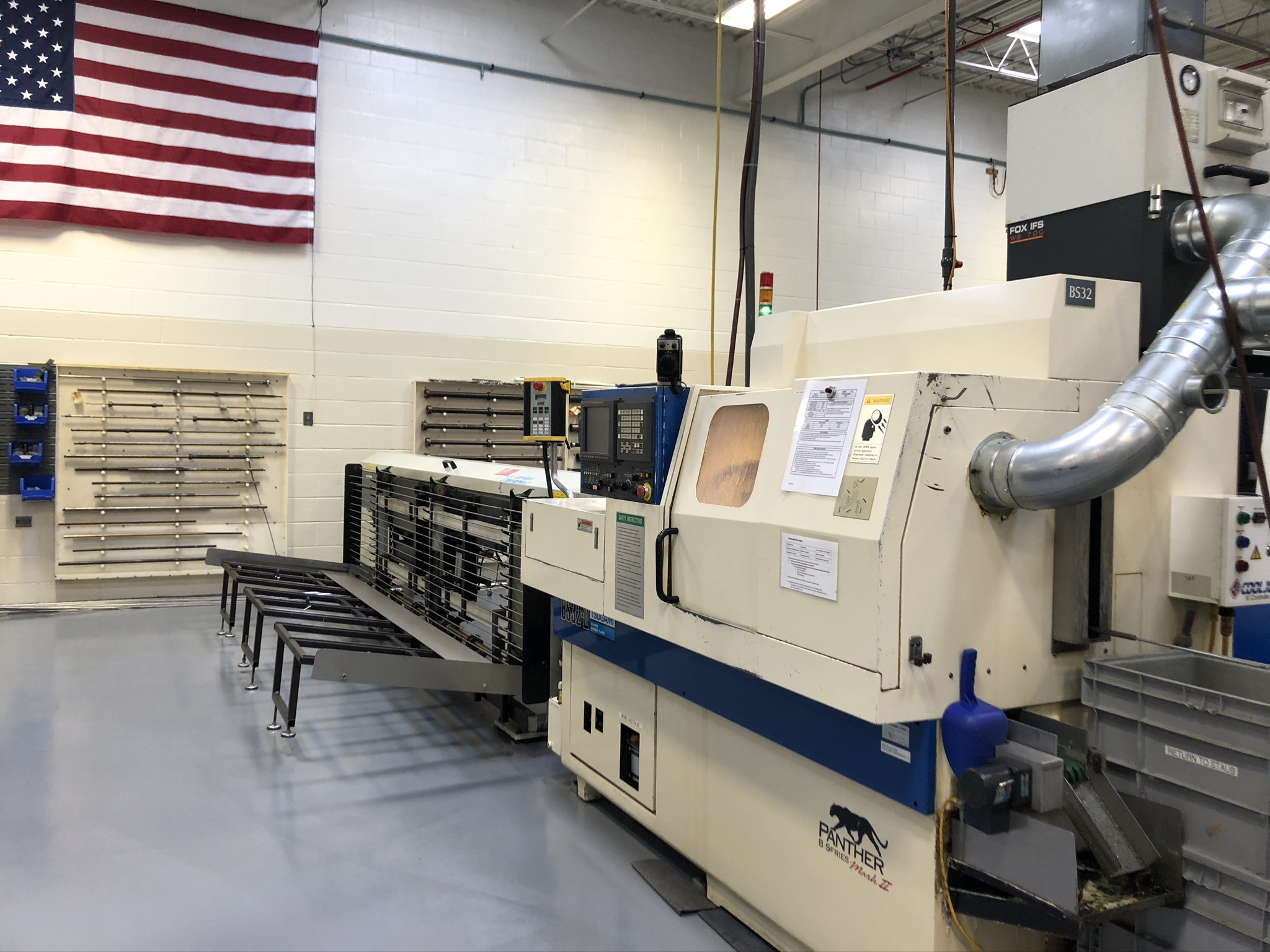As the most versatile non-ferrous metal used today in industry, aluminum offers a variety of mechanical and physical properties that make it integral for the fabrication of many machined products. With lower density and hardness than copper or steel and greater malleability, aluminum CNC machining can achieve higher feed rates and increased manufacturing productivity. There are several key considerations can make or break the success of a project.
4 Important Factors to Consider When Choosing Aluminum CNC Machining for Precision Parts
1. Common Industry Applications
Some common examples of aluminum parts manufactured with CNC machining include:
- Aerospace components
- Defense weaponry
- Housing to prevent electromagnetic interference (EMI)
- Machinery, including both internal and external parts
- Medical devices
- Watercraft parts
With its corrosion resistance, machinability properties, and a high ratio of strength-to-mass, many manufacturers, when requiring a metal for their products, opt for aluminum. CNC machining of the metal also offers numerous other benefits when fabricating aluminum products.
2. Advantages of Aluminum Machining
When manufacturing precision parts with aluminum, CNC machining is usually the preferable production method due to the process’s better accuracy, efficiency, and repeatability. As aluminum machining booms, manufacturers increasingly prefer utilizing metal, particularly for producing precision components.
Advantages of CNC machining for aluminum include:
- Corrosion resistance: The thin layer of aluminum oxide that develops on the surface during exposure to oxidizing agents like air makes aluminum-based parts resistant to corrosion; different grades offer varying degrees of resistance to corrosion.
- Customizable: Because of its material properties, aluminum can be easily customized to fit specifications.
- Electrical conductivity: Though not as conductive as copper, it has better conductive capabilities than many steels or other commonly machined materials.
- Finishing: Allows for numerous surface finishing options, including anodizing and painting.
- Machinability: When using aluminum, CNC machining operators can quickly and easily make complex components without losing material properties; it can be drilled, folded, punched, and otherwise machined to produce many custom components.
- Recyclability: With the relative ease of recycling aluminum, CNC machining can be easily mitigated.
- Strength-to-mass ratio: With its relatively low mass but high strength, aluminum and its alloys are strong yet lightweight, making them ideal for building extremely accurate aerospace or automotive components.
- Temperature extremes: While steel is often preferred for its greater durability, aluminum is better able to withstand very low temperatures as well as heat from welding.
3. Types of Aluminum
There are numerous grades of aluminum, and CNC machining works better for some than for others. Aluminum is a relatively soft metal, so manufacturers often add elements to augment strength, as it’s not strong enough for most commercial applications. Elements like zinc, silicon, manganese, magnesium, lithium, and copper are mixed with molten aluminum to make alloys stronger. The three most common types used for machining are cast aluminum, aluminum lithium alloys, and wrought aluminum.
4. CNC Machining Methods
CNC machining involving lathes can drill, make slots, tap, thread, or otherwise shape a workpiece to fabricate parts out of aluminum. In many cases, CNC lathes are replacing older means of production due to their greater versatility.
Laser CNC machining is another standard method, featuring a cutting table where metal sheets are held flat, with a computer controlling the laser beam’s pathway. CNC laser cutters both offer excellent precision and use less energy than other methods.
For applications requiring fabrication with little or no aluminum heating, CNC waterjet cutting is an efficient option. Passing through a narrow nozzle to cut through the material, CNC machining that uses water will normally utilize an abrasive substance and pressurized water when shaping metals, including aluminum. CNC waterjet cutting advantages also include reducing waste by allowing shapes to be cut from an aluminum sheet that is placed close together. Since no heat is involved with CNC water cutters, the workpiece won’t warp, burn, or change structurally.
Look to Staub Precision Machine for Advanced CNC Machining
Staub Precision Machine is a trusted partner for aerospace, automotive, defense, medical, and other industries that depend on precision-machined aluminum components. With extensive experience in high-volume production, commitment to innovation, and state-of-the-art automated technology, we offer the most reliable and efficient aluminum CNC parts machining.
To learn more about our capabilities, contact the experts at Staub today.



